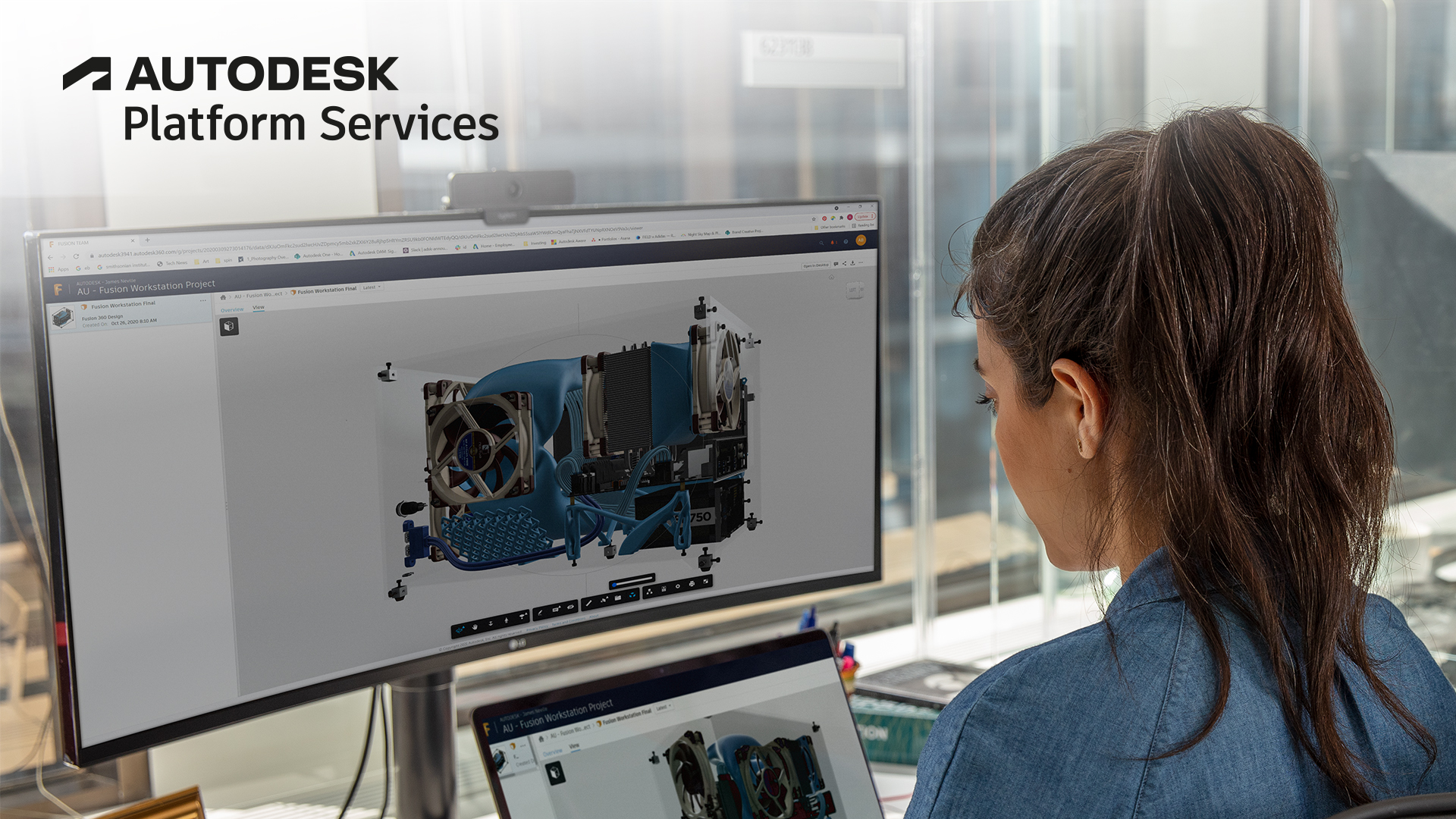8 Jun 2017
Manipulate Mobile Camera and Album by JavaScript

In the last blog, I introduced my practice with gyro sensor and touch of mobile, remotely connecting to the web application of Forge Viewer. As promised, I am now introducing the way to access mobile camera and album by native JavaScript. This would be useful for a typical scenario of construction industry: the worker checks issues on the field, takes a photo, and submits to the administration platform.
This is also very straightforward. We simply define an DOM element of HTML as a File type, specifying it to accept image and camera.
| <div> | |
| <input type="file" id = "mobilephoto" accept="image/*" capture="camera" > | |
| <img class = "mythumbnail" id="outImage"/> | |
| </div> | |
| <div> | |
| <input type="button" id="btnSubmit" class="btn btn-primary" value="Submit" /> | |
| </div> |
The web page would look like :
[[{"fid":"2070","view_mode":"wysiwyg","type":"media","attributes":{"height":"400","width":"225","class":"media-element file-wysiwyg"}}]]
On PC, clicking this file button, it will be just a common functionality of choosing file, while on the mobile, it will take you to access existing album or take a new photo.
[[{"fid":"2069","view_mode":"wysiwyg","type":"media","attributes":{"height":"300","width":"169","class":"media-element file-wysiwyg"}}]]
For some small images, we could simply submit the image stream (blob). I used a class JIC to compress the source stream, in order to relieve the internet traffic when transferring. If it is a large image, it is best to upload the source image file.
| //compress source image blob | |
| //from http://www.programering.com/a/MDOxAzMwATY.html | |
| var jic = { | |
| compress: function(source_img_obj, quality, output_format){ | |
| var mime_type = "image/jpeg"; | |
| if(output_format!=undefined && output_format=="png"){ | |
| mime_type = "image/png"; | |
| } | |
| var cvs = document.createElement('canvas'); | |
| cvs.width = source_img_obj.naturalWidth; | |
| cvs.height = source_img_obj.naturalHeight; | |
| var ctx = cvs.getContext("2d").drawImage(source_img_obj, 0, 0); | |
| var newImageData = cvs.toDataURL(mime_type, quality/100); | |
| var result_image_obj = new Image(); | |
| result_image_obj.src = newImageData; | |
| return result_image_obj; | |
| } | |
| } | |
| $(document).ready (function () { | |
| $('#btnSubmit').click(function (evt) { | |
| //get source image | |
| var blob = document.getElementById('outImage').src ; | |
| var img = new Image(); | |
| img.src = blob; | |
| //compress the stream | |
| var imgdata = jic.compress(img,1).src; | |
| var toUpload = {blob:imgdata}; | |
| //upload the blog to server | |
| $.ajax ({ | |
| url: 'http://' + window.location.host + '/ForgeRoute/setImage', | |
| type: 'post', | |
| data: toUpload, | |
| dataType:'json' | |
| }).done (function (data) { | |
| console.log('upload image blob done!'); | |
| }).fail (function (xhr, ajaxOptions, thrownError) { | |
| console.log('upload image blob failed!'); | |
| }) ; | |
| }); | |
| document.getElementById('mobilephoto').onchange = function (evt) { | |
| var tgt = evt.target || window.event.srcElement, | |
| files = tgt.files; | |
| // FileReader support | |
| if (FileReader && files && files.length) { | |
| var fr = new FileReader(); | |
| fr.onload = function () { | |
| //display the image in the image box | |
| document.getElementById('outImage').src = fr.result; | |
| } | |
| fr.readAsDataURL(files[0]); | |
| } | |
| else { | |
| // Not supported | |
| console.log('not supported!'); | |
| } | |
| } | |
| }) ; | |
[[{"fid":"2071","view_mode":"wysiwyg","type":"media","attributes":{"height":"400","width":"200","class":"media-element file-wysiwyg"}}]]
In the web application of Forge Viewer, my demo creates a panel which consumes the image blob from the server.
[[{"fid":"2072","view_mode":"wysiwyg","type":"media","attributes":{"height":"400","width":"611","class":"media-element file-wysiwyg"}}]]
The whole demo codes is available at: https://github.com/xiaodongliang/Forge-Test-Field-Mobile-Camera





